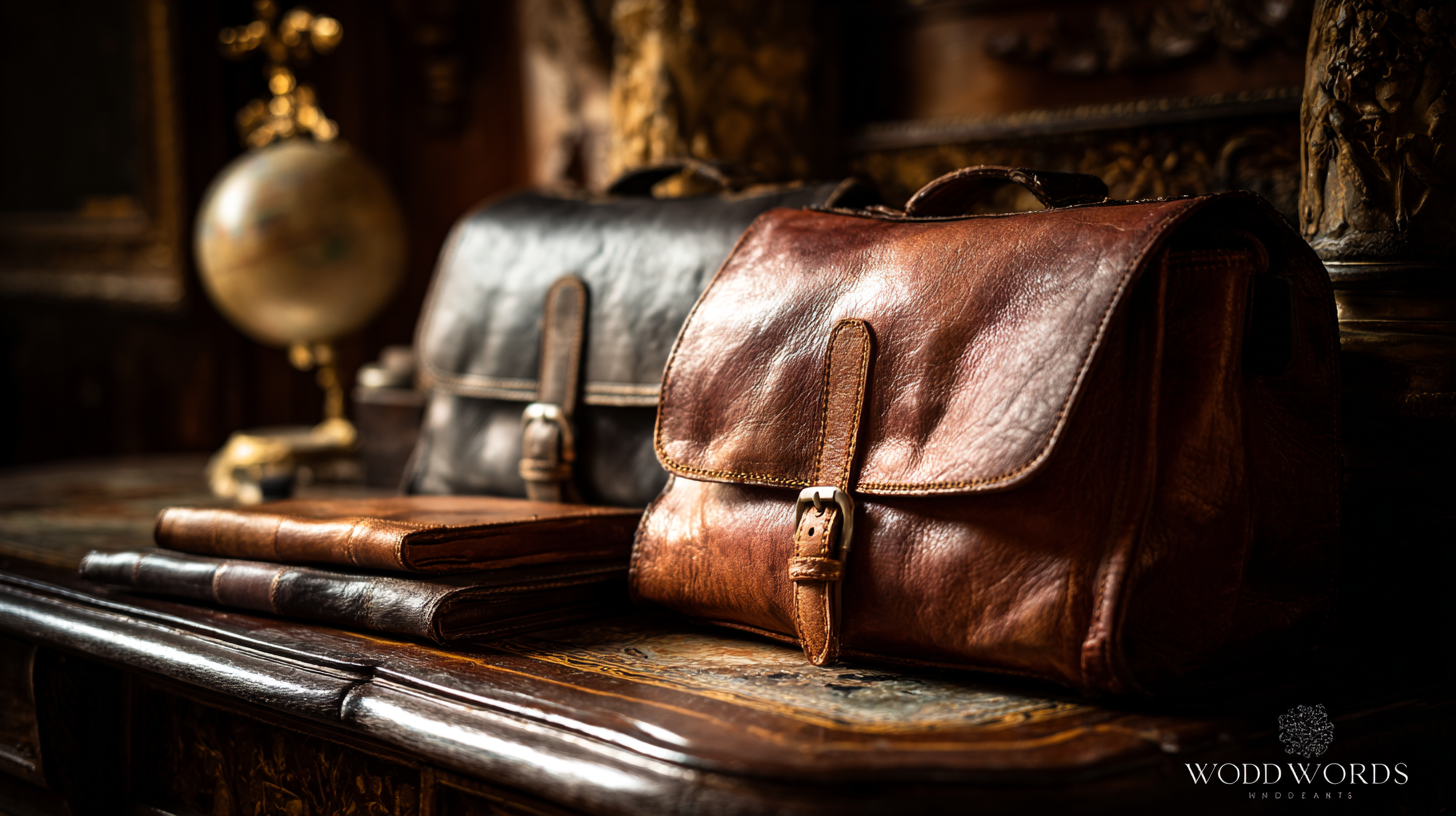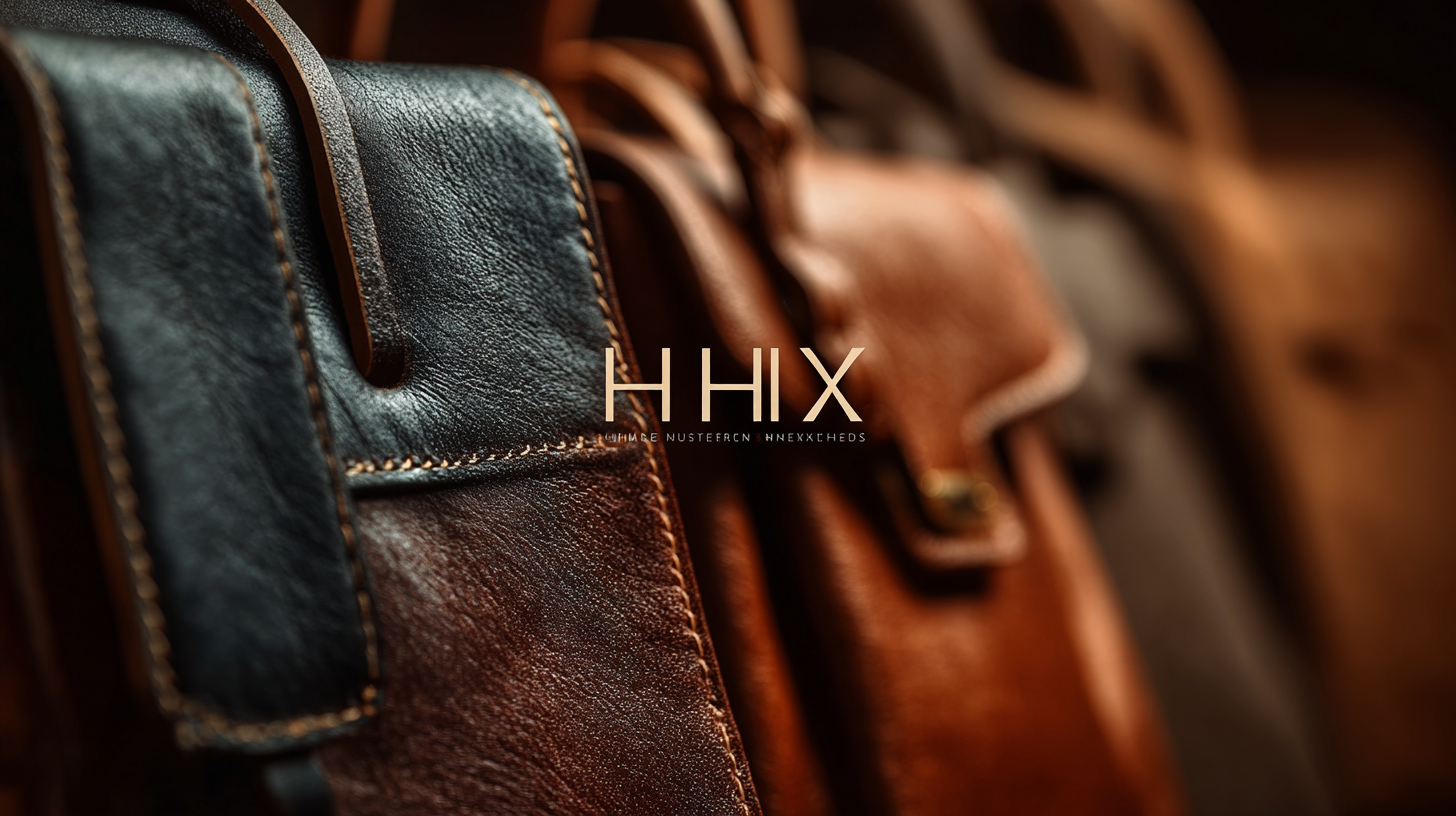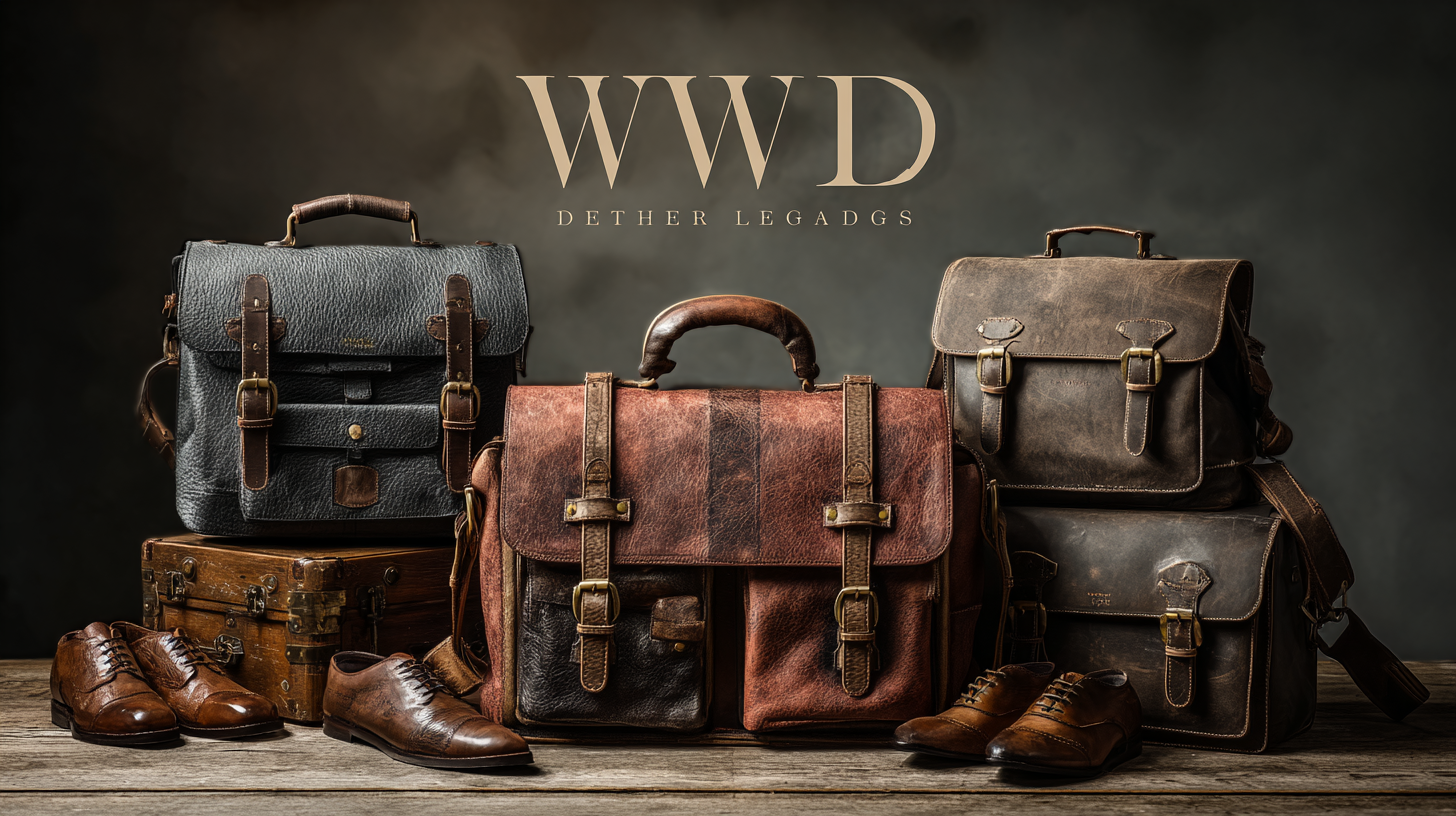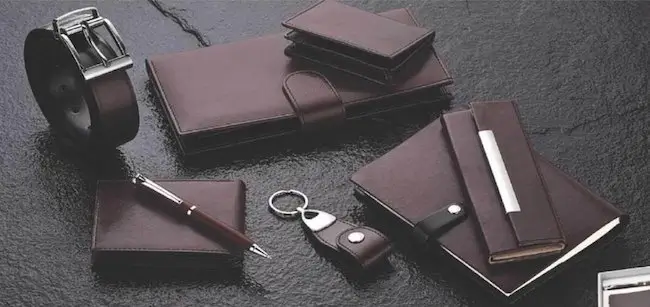Navigating the World of High End Leather Bags to Find the Best Quality Suppliers
The global market for high end leather bags has witnessed remarkable growth, demonstrating a burgeoning demand for high-quality materials and craftsmanship. According to recent industry reports, the luxury leather goods market is projected to reach approximately USD 100 billion by 2025, with a significant portion attributed to high end leather bags. This surge reflects consumers' increasing preference for premium products that combine style with durability—a trend particularly evident in the Chinese manufacturing sector, which is now recognized for its superior quality. By focusing on quality and innovation, Chinese manufacturers are emerging as leading exporters in the global market, making it essential for buyers to navigate this landscape effectively. In this blog, we will explore the intricate journey of sourcing high end leather bags while identifying the best quality suppliers, ensuring that your investments yield both aesthetic and functional value.

The Rise of China as a Global Leader in High-End Leather Goods Manufacturing
As the global demand for high-end leather goods continues to rise, China has emerged as a formidable player in the manufacturing landscape. With its expertise in craftsmanship and innovative designs, the country is reshaping perceptions of luxury products. This shift is not merely tied to production but is also a reflection of China’s advancements in technology and design aesthetics, allowing local brands to compete on a global scale.
The recent ascension of Chinese brands in varied sectors, such as cycling apparel, showcases a broader trend of local enterprises breaking into competitive markets. Despite facing challenges—including perceptions of quality and authenticity—these brands have navigated through hurdles by leveraging their unique stories and embracing modern marketing strategies. The success of these brands hints at a significant transformation in the high-end leather market, where Chinese manufacturers are not just suppliers but trendsetters in their own right.
Understanding the Key Characteristics of Quality Leather in Luxury Bags
When it comes to luxury bags, understanding the key characteristics of quality leather is essential for buyers seeking the best options. High-end leather bags are often made from materials such as full-grain leather, which is the top layer of the hide. According to a report by Statista, the global luxury bags market is expected to reach approximately $70 billion by 2025, underscoring the importance of selecting quality materials. Full-grain leather not only showcases the natural imperfections of the hide but also develops a rich patina over time, making it a preferred choice among connoisseurs.
For those in the market for high-end leather bags, it’s crucial to look for specific indicators of quality. One tip is to check the stitching; hand-stitched seams are often a sign of superior craftsmanship. Additionally, consider the weight and feel of the leather—thicker, more robust leathers typically indicate higher quality. A recent survey highlighted that 85% of luxury consumers prioritize material quality when purchasing leather goods, which reinforces the significance of making informed decisions.
Remember, not all leather is created equal. Look for reputable brands that provide transparent information about their sourcing and production processes. Knowing whether the leather is vegetable-tanned or chrome-tanned can also influence durability and environmental impact, which are vital factors in today's luxury purchasing decisions.

Market Trends: Consumer Preferences for High-End Leather Bags in 2023
In 2023, the high-end leather bag market continues to reflect evolving consumer preferences, driven by a confluence of factors including sustainability, style, and craftsmanship. As consumers increasingly prioritize quality over quantity, the demand for premium leather bags has surged, placing particular emphasis on sustainable materials and ethical production processes. This trend is not just limited to traditional leather but also extends to innovative alternatives, such as vegan leathers, which are gaining traction among environmentally conscious shoppers.
Moreover, the men's luxury bag segment is projected to grow significantly, with an estimated market size of $11 billion in 2023 and a compound annual growth rate exceeding 4.5% expected through 2032. Consumers in this demographic are seeking versatile designs that blend functionality with high-end aesthetics. The rise of digital retail channels further complements this growth, allowing brands to reach targeted audiences more efficiently and enhancing consumer engagement. As the market continues to evolve, suppliers must adapt to these shifts in consumer behavior to remain competitive in this lucrative landscape.
Identifying Reliable Suppliers: What to Look for in a High-End Leather Manufacturer
When searching for a high-end leather manufacturer, the first step is to evaluate their reputation in the industry. Look for suppliers with a long-standing presence, as experience often correlates with quality. Research customer reviews and testimonials to gauge satisfaction and reliability. A manufacturer with a history of delivering excellent craftsmanship and customer service is likely to be more trustworthy.
Another critical aspect is the sourcing of materials. High-quality leather should be ethically and sustainably sourced, reflecting the manufacturer's dedication to quality and environmental responsibility. Inquire about their production processes, focusing on how they handle tanning and finishing. The best suppliers will be transparent about their methods and will often provide samples for you to assess the leather's texture and durability. Furthermore, visit their facilities if possible—seeing the production environment can offer valuable insights into their operational standards and commitment to quality.
Navigating the World of High End Leather Bags: Quality Assessment of Suppliers
Sustainability in Luxury Leather Production: A Look at Eco-Friendly Practices and Innovations
Sustainability has become a crucial aspect in the luxury leather industry, reflecting the growing consumer demand for ethically produced products. According to a report by the Global Fashion Agenda, 66% of consumers state that they want to know the environmental impact of their purchases, driving manufacturers to adopt more eco-friendly practices. This shift toward sustainability includes the use of vegetable tanning processes, which significantly reduce water and chemical waste—a stark contrast to conventional methods, which can involve harmful pollutants.

Innovations in materials are also reshaping the market. Companies are now exploring alternatives such as mushroom leather and lab-grown options, which offer a lower carbon footprint. A recent study from McKinsey indicates that the circular economy could create $4.5 trillion in additional economic output by 2030, emphasizing the potential for sustainable practices to not only decrease environmental harm but also boost profitability. By integrating these eco-friendly methods, high-end leather bag suppliers can not only cater to the discerning tastes of luxury consumers but also play a pivotal role in minimizing the industry's ecological footprint.

